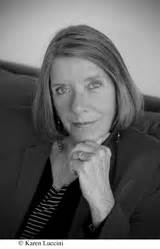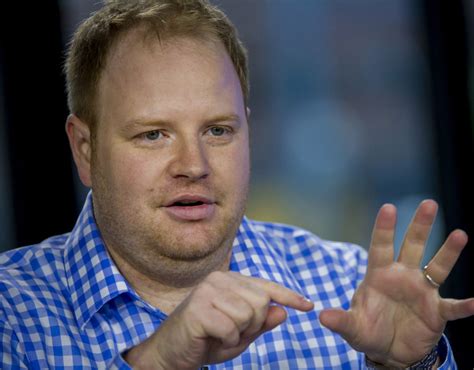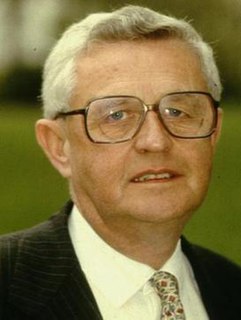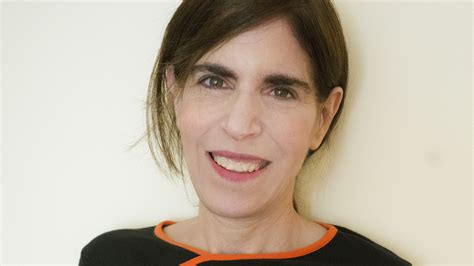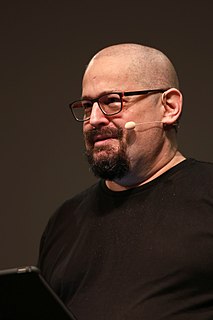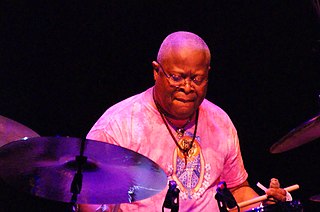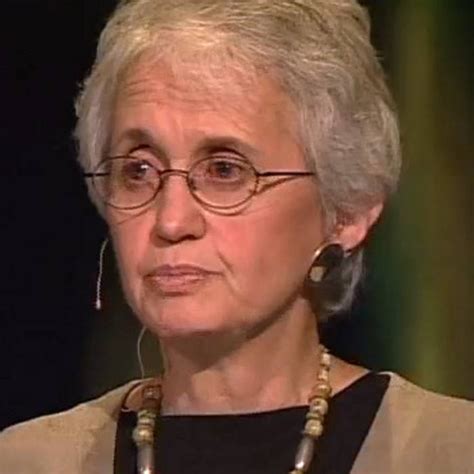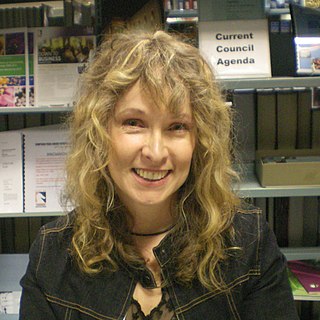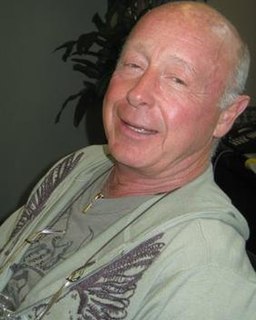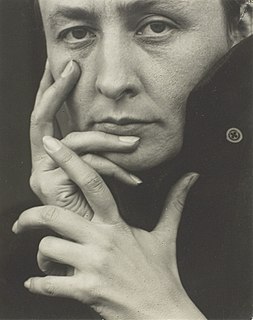A Quote by Kehinde Wiley
So much of my work is defined by the difference between the figure in the foreground and the background. Very early in my career, I asked myself, "What is that difference?" I started looking at the way that a figure in the foreground works in eighteenth- and nineteenth-century European paintings and saw how much has to do with what the figure owns or possesses. I wanted to break away from that sense in which there's the house, the wife, and the cattle, all depicted in equal measure behind the sitter.
Related Quotes
It's a lot easier to figure out how to scale something that doesn't feel like it would scale than it is to figure out what is actually gonna work. You're much better off going after something that will work that doesn't scale, then trying to figure how to scale it up, than you are trying to figure it all out.
'm starting to get a swimming physique, which I'm very pleased about, because for me that's the most appealing male physique. It's not show-y off-y Mr Muscle, "Look how much I can bench." It's just a real lean, athletic figure and it doesn't look like you try too hard. When you see people who have huge biceps, it looks like they're in the gym all day. But I think there's a difference between looking muscly and being fit.
I really don't understand how bipartisanship is ever going to work when one of the parties is insane. Imagine trying to negotiate an agreement on dinner plans with your date, and you suggest Italian and she states her preference would be a meal of tire rims and anthrax. If you can figure out a way to split the difference there and find a meal you will both enjoy, you can probably figure out how bipartisanship is going to work the next few years.
Mothers know the difference between a broth and a consommé. And the difference between damask and chintz. And the difference between vinyl and Naugahyde. And the difference between a house and a home. And the difference between a romantic and a stalker. And the difference between a rock and a hard place.
I started doing 'figures', then, one day, all of a sudden, I started doing abstraction. And then I started doing both. But it was never really a conscious decision. It was simply a question of desire. In fact, I really prefer making figurative work, but the figure is difficult. So to work around the difficulty I take a break and paint abstractly. Which I really like, by the way, because it allows me to make beautiful paintings.
Silence is the universal refuge, the sequel to all dull discourses and all foolish acts, a balm to our every chagrin, as welcome after satiety as after disappointment; that background which the painter may not daub, be he master or bungler, and which, however awkward a figure we may have made in the foreground, remains ever our inviolable asylum, where no indignity can assail, no personality can disturb us.
You can think as Einstein as much as you want, but when you come in contact with another person as a work unit of some kind, you have to think as one. You have to figure out all the things that you've studied and that your mind is telling you, and then you have to figure out how to make it work as one, or you have a broken down team.
We are, in a certain way, defined as much by our potential as by its expression. There is a great difference between an acorn and a little bit of wood carved into an acorn shape, a difference not always readily apparent to the naked eye. The difference is there even if the acorn never has the opportunity to plant itself and become an oak. Remembering its potential changes the way in which we think of the acorn and react to it. How we value it. If an acorn were conscious, knowing its potential would change the way that it might think and feel about itself.
Everyone is aware of the fact that visual and auditive perspective are identical; the only difference being that they are created and perceived by two physically different organs, the eye and the ear. How often the playing of a great master makes us think of a picture with a deep background and varying planes; the figures in the foreground almost leap out of the frame whereas in the background the mountains and clouds are lost in a blue haze.

